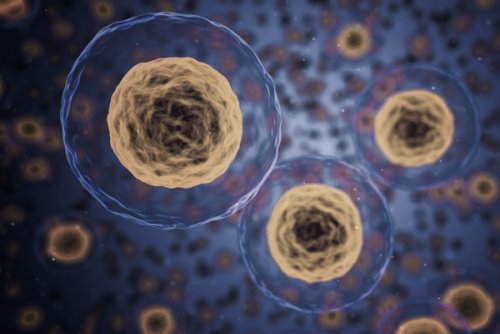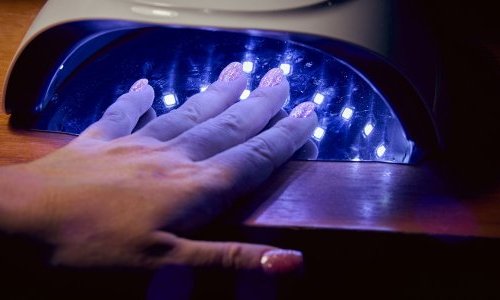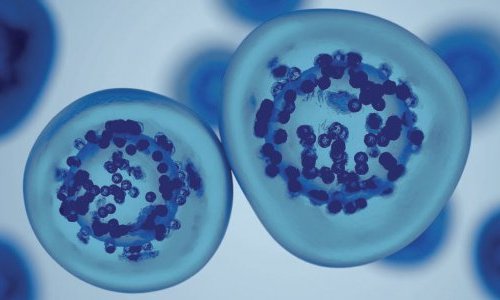Multiple modes of intercellular communication
There are multiple modes of communication between cells, and they are quite complex. Two main pathways are highlighted: the direct mode, by physical contact, and the indirect mode, through an exchange of chemical messages between an epithelial cell and a recipient cell. Exosome communication is largely studied, in particular as regards cancer or healing. Jérôme Lamartine, of the LBTI Laboratory, raised the question of whether ageing may impact this communication.

As for Dr Matthieu Talagas, of the Brest university hospital, he focused on the physical exchanges in the neuro-epidermal synapses. “There are physical contacts between our neurons and each type of epidermal cell, in the form of excrescences, grooves, or keratinocyte tunnels,” he said.
Dr Kaori Inoue, of Japan’s Shiseido Global Innovation Center, showed that the ATP and glutamate released after a mechanical stimulation act as mediators between keratinocytes and neurons. They contribute to maintaining the skin’s homeostasis.
Tissue homeostasis
To Professor Miroslav Radman, Director of the Mediterranean Institute for Life Sciences (MedILS) in Split, Croatia, tissue homeostasis plays a determining role in ageing. “There are many communication channels in our tissues. Cell parabiosis results in a functional homogenization of the cells by offsetting the flaws in a cell using the other nearby cells, without removing the failing one.”
In inflammatory phenomena, intercellular communication is stopped by the activation of extracellular proteases. Parabiosis is broken down and the newly isolated cells can then reveal dormant pathologies and accelerate cells’ death.
Study models close to human skin
To study the intercellular dialogue, companies use more and more sophisticated skin models. Specific research work is focused on atopic skins. “Our model combines a mode of communication related to an inflammatory condition with a physical disturbance of the barrier function,” explains Pauline Rouaud-Tinguely, of Silab.
As for LabSkin Creation, they developed a 3D model obtained from diseased cells enriched in immune cells. As he aimed to better reproduce human skin, Dr Christophe Marquette, of CNRS in Lyon, worked in partnership with LabSkin Creation on the 3D bioprinting of a complete skin model with three layers, including a functional hypodermis. These are promising prospects for a better understanding of how the skin works, but also for grafts intended for serious burn victims.
Other presentations on the skin barrier and the epidermis or on the microbiota, fibroblasts, adipocytes, and endothelial cells completed the congress.
|
Skin Science Happy Hour in Paris Provisional program:
More information at: www.ced-lyon.com |




























